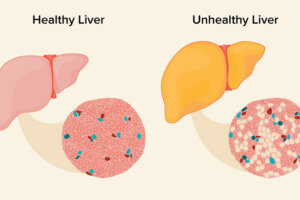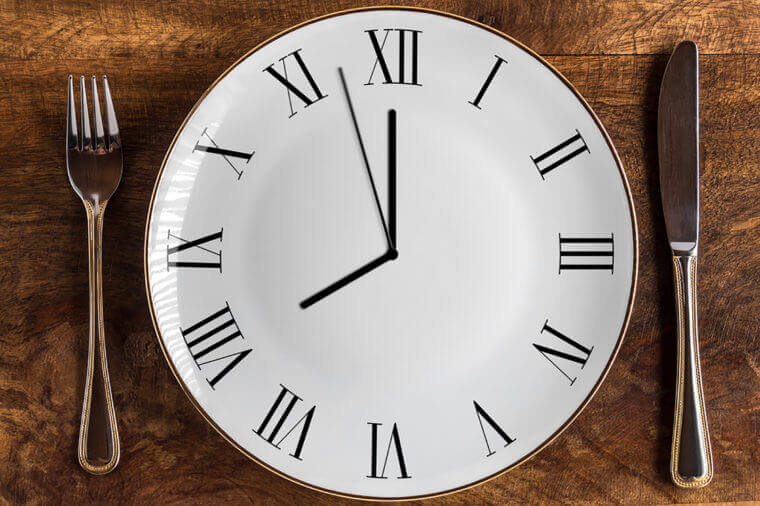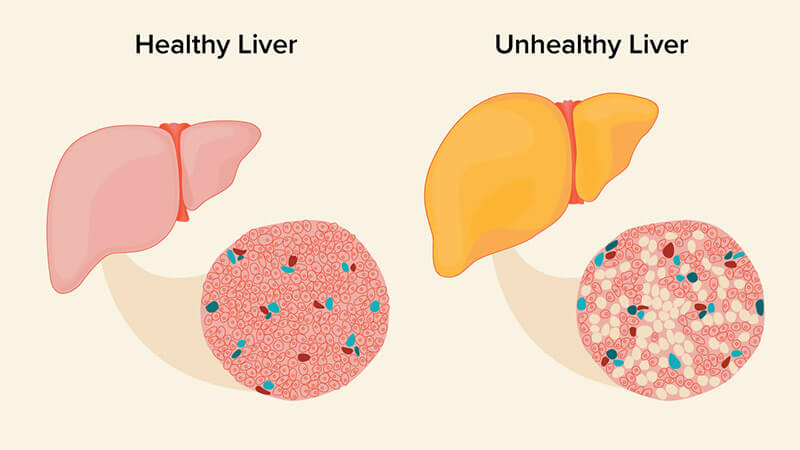Intermittent fasting is a dieting trend that is quickly gaining in popularity. Those who practice intermittent fasting follow a fasting and eating schedule to decrease calories and reap the many benefits associated with fasting. Intermittent fasting can help you lose weight, improve your insulin sensitivity, improve your metabolism, increase the human growth hormones that aid muscle gains and more. You might also find that you are saving money on groceries. You may be considering trying intermittent fasting for yourself. However, many people have misconceptions about intermittent fasting. Here we dispel seven misleading intermittent fasting myths.
Myth No. 1: Intermittent fasting is a diet
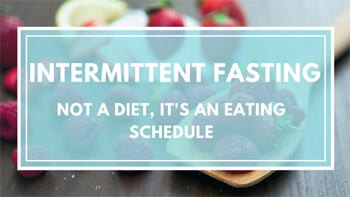
Intermittent fasting is not a diet. There are no off-limit foods, weight loss shakes, macro tracking or calorie counting. Intermittent fasting is simply a planned cycle of eating and fasting. When you’re not fasting, you are free to eat whatever foods you want. To feel nourished and satisfied while fasting, you will likely want to consume mostly healthy sources of fiber, protein, and complex carbohydrates. However, you can still enjoy your favorite sweets, salty snacks, beer or wine and more, if you choose. What you eat is entirely up to you.
Myth No. 2: There is a specific fasting schedule you have to follow
There are many different ways to practice intermittent fasting. You can choose to practice whole day fasting which could be fasting one or two days per week or every other day. You can also choose to practice time-restricted fasting. Time restricted fasting with 16 hours of fasting every 24 hours is the most popular form of time-restricted fasting. Typically, this looks like fasting until noon and then eating until 8 p.m. However, if fasting for 12 hours or 14 hours works better for you, then you can feel free to adjust your intermittent fasting schedule. It’s important to take your unique lifestyle into account when practicing intermittent fasting to ensure you can continue long-term rather than getting burnt out due to an impractical and restrictive fasting schedule.
Myth No. 3: You can’t drink any liquids while fasting
Most intermittent-fasting practitioners drink water, black coffee, and tea while fasting. If you can’t imagine staring the day without your vanilla latte, then don’t. As stated above, it’s important to remember to practice intermittent fasting in a way that works for you.
Myth No. 4: You can’t exercise while fasting
Many athletes and hard-core exercise enthusiasts practice intermittent fasting so there is no reason to think you can’t also. However, if you engage in heavy lifting or high-intensity cardio exercises, you may be concerned about your workout performance while fasting. But don’t worry, you have options. You can try exercising while fasting. You may be surprised by how your body performs during your fast. Be sure to drink plenty of water before and after your workout. If you do decide to try this, it is a good idea to take it easy at first. If you are practicing time-restricted fasting, you can also try moving your workout to just before your fast ends. That way you can enjoy a meal right after your workout. Again, it is a good idea to take it easy at first to avoid any injuries. Once you know what works for you and your body has adjusted to intermittent fasting, you can ramp up your exercise intensity level.
Myth No. 5: You have no social life while practicing intermittent fasting
As stated previously, it is important to make sure you modify your intermittent fasting schedule to make it practical for your life. When a social activity comes up, you can choose to alter your 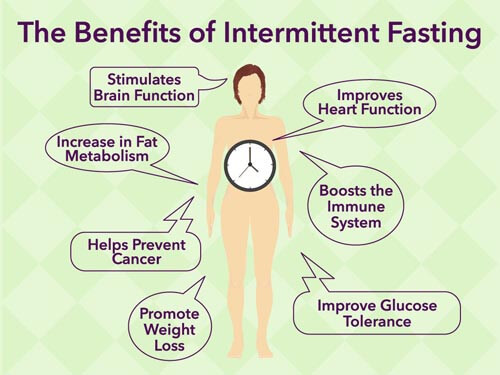 intermittent fasting schedule to accommodate that morning brunch or night out. It’s also important to remember that you can ditch intermittent fasting on occasion. You should feel free to permit yourself to take a break from your intermittent fasting schedule during a vacation, a weekend with friends, or special occasion when needed. After your break is over, resume your fasting schedule the next day. After all, a sense of balance is vital when making long-term healthy lifestyle changes.
intermittent fasting schedule to accommodate that morning brunch or night out. It’s also important to remember that you can ditch intermittent fasting on occasion. You should feel free to permit yourself to take a break from your intermittent fasting schedule during a vacation, a weekend with friends, or special occasion when needed. After your break is over, resume your fasting schedule the next day. After all, a sense of balance is vital when making long-term healthy lifestyle changes.
It’s also important to remember that you can say “no” to social activities that involve food or drinking. That doesn’t mean you have to lose all of your friends. Simply pick and choose the activities in which you want to be involved. You could also suggest other activities that don’t involve eating or drinking. If your friends are truly supportive, they will understand and support you in your quest to achieve a healthier lifestyle.
Myth No. 6: Intermittent fasting is too hard for me
Intermittent fasting sounds a lot harder than it is. In fact, you have probably inadvertently fasted for 16 hours or longer without even realizing it. If you are worried that intermittent fasting is too hard for you, start with a fasting schedule that sounds doable. Perhaps a 16-hour fast is too long but fasting for 12 hours is something you can achieve. Once your body has gotten used to intermittent fasting, you’ll be surprised at how easy it is.
Myth No. 7: Intermittent fasting yields amazing results for everyone
The results you see are going to be dependent on many factors such as the types and amount of food you eat, your exercise habits and genetics. Additionally, certain people should not practice intermittent fasting. Pregnant and breastfeeding women should not fast. It is also not a good idea if you currently or have previously suffered from an eating disorder. As with any new diet, it is a good idea to talk to your doctor to make sure intermittent fasting is right for you.
Intermittent fasting is a great way to control mindless snacking, simplify your healthy lifestyle, reduce your caloric intake and improve your metabolism. If you are tired of dieting and curious to see that intermittent fasting can do for you, then give it a try.



